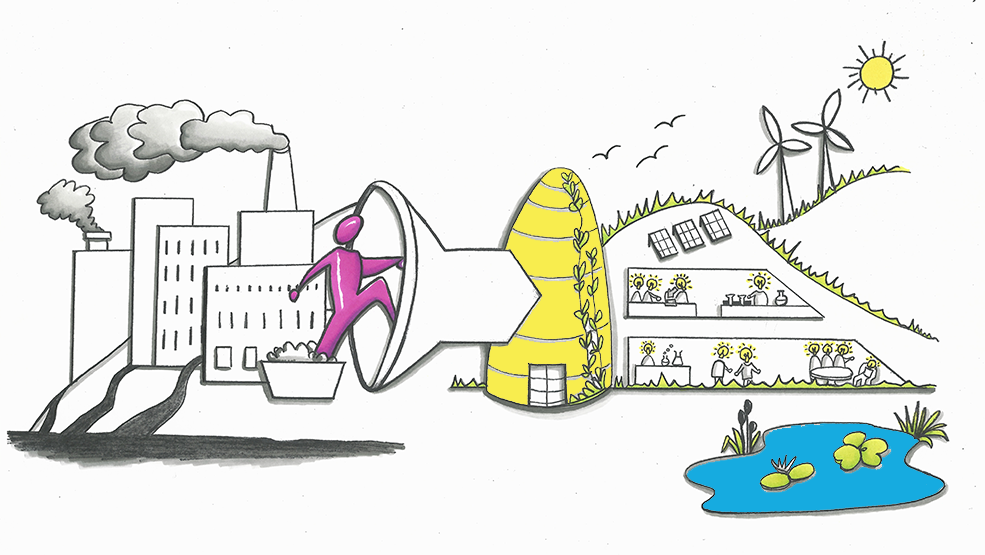Leading with sustainability
Katrina Costa, MA (Oxon), MSc
Science Writer, Open Pharma Research Ltd. February 2021
Sustainability is a high priority for the life sciences industry. While many people are recycling and reducing plastic waste at home it can be problematic to translate this success into resource intensive R&D labs. Pharmaceutical labs are resource intensive and generate significant waste, including: plastic, water, electrical, chemical and biomedical. According to My Green Lab, an organisation that helps companies permanently improve the sustainability of scientific research, labs use 10 times more energy and 4 times more water than offices, whilst generating 5.5 metric tons of plastic waste. They estimate that if labs saved just 2% of plastics from landfill it would be equivalent to saving 100 million metric tons of CO2.
Several large pharma companies have recently published ambitious environmental targets, including:
- Roche: the top ranking pharmaceutical company for their their energy reduction strategy ranks in the Dow Jones Sustainability Indices
- GSK: has goals of net zero impact on climate and net positive impact on nature by 2030.
- AstraZeneca: ‘Ambition Zero Carbon’ strategy aims for zero emissions by 2030.
- UCB: Aims for Carbon neutrality by 2030, 30% water withdrawal reduction by 2030, 25% waste generation reduction by 2030
All laudable aims, but how do these targets impact the research function and more specifically, what can we be doing in the lab to improve the sustainability of pharmaceutical R&D?
Sustainability: good for the planet and lab productivity
Lab of the Future spoke to Rachael Relph, Chief Sustainability Officer at My Green Lab commented,
This article is part of the Lab of the Future premium content section. It is free for registered users. Please register or submit below





